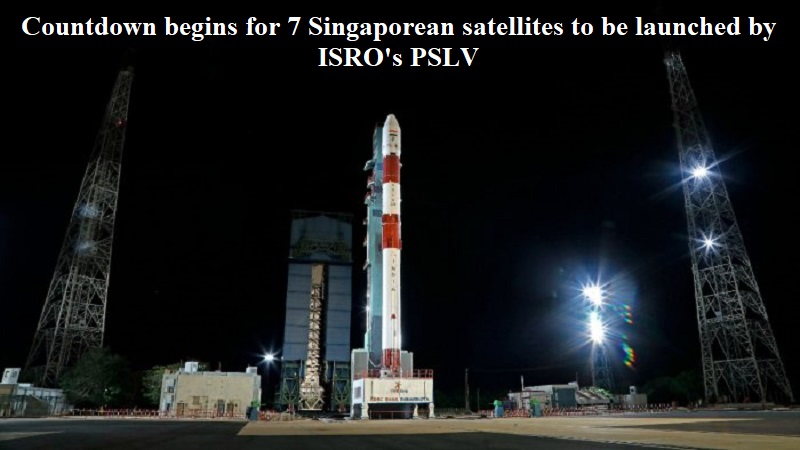
After nearly five years, the Indian Space Research Organisation (ISRO) is preparing for two rocket launches in the same month.
Following the successful launch of the Chandrayaan-3 lunar mission on July 14, ISRO is now ready for a commercial mission using the PSLV rocket on Sunday, July 30.
The countdown for the launch commenced at 5:01 am on Saturday, and the vehicle is scheduled to lift off from the first launchpad of Satish Dhawan Space Centre at 6:31 am on Sunday. The last time ISRO performed two launches in a month was in November 2018, with the LVM3 and PLSV rocket launch missions taking place in quick succession.
The primary payload for the PSLV C56 rocket will be the 360kg DS-SAR Satellite, which will be placed in a Near-equatorial Orbit (NEO) at 5 degrees inclination and 535 km altitude. The DS-SAR satellite is a joint development between DSTA (representing the Government of Singapore) and ST Engineering.
Once operational, it will support the satellite imagery requirements of various Singaporean government agencies, while ST Engineering will utilize it for multi-modal and higher responsiveness imagery and geospatial services for commercial customers.
The DS-SAR carries a Synthetic Aperture Radar (SAR) payload developed by Israel Aerospace Industries (IAI), enabling all-weather day and night coverage with imaging capability at 1m resolution at full polarimetry.
The co-passenger satellites include VELOX-AM, a 23 kg technology demonstration microsatellite; ARCADE, an experimental satellite for Atmospheric Coupling and Dynamics Explorer; SCOOB-II, a 3U nanosatellite with a technology demonstrator payload; NuLIoN by NuSpace, an advanced 3U nanosatellite facilitating seamless IoT connectivity in urban and remote locations; Galassia-2, a 3U nanosatellite orbiting at low earth orbit; and ORB-12 STRIDER, developed under international collaboration.
Collectively, the seven satellites weigh close to 425kg, prompting the use of the PSLV rocket in its Core-alone configuration. The PSLV rocket can be configured with or without strap-on boosters, depending on the payload’s weight.
If successful, this mission will mark ISRO’s launch of 431 foreign-origin satellites since 1999. As this is a commercial mission, it will be performed for ISRO’s commercial arm, New Space India Limited (NSIL).

Post Your Comments